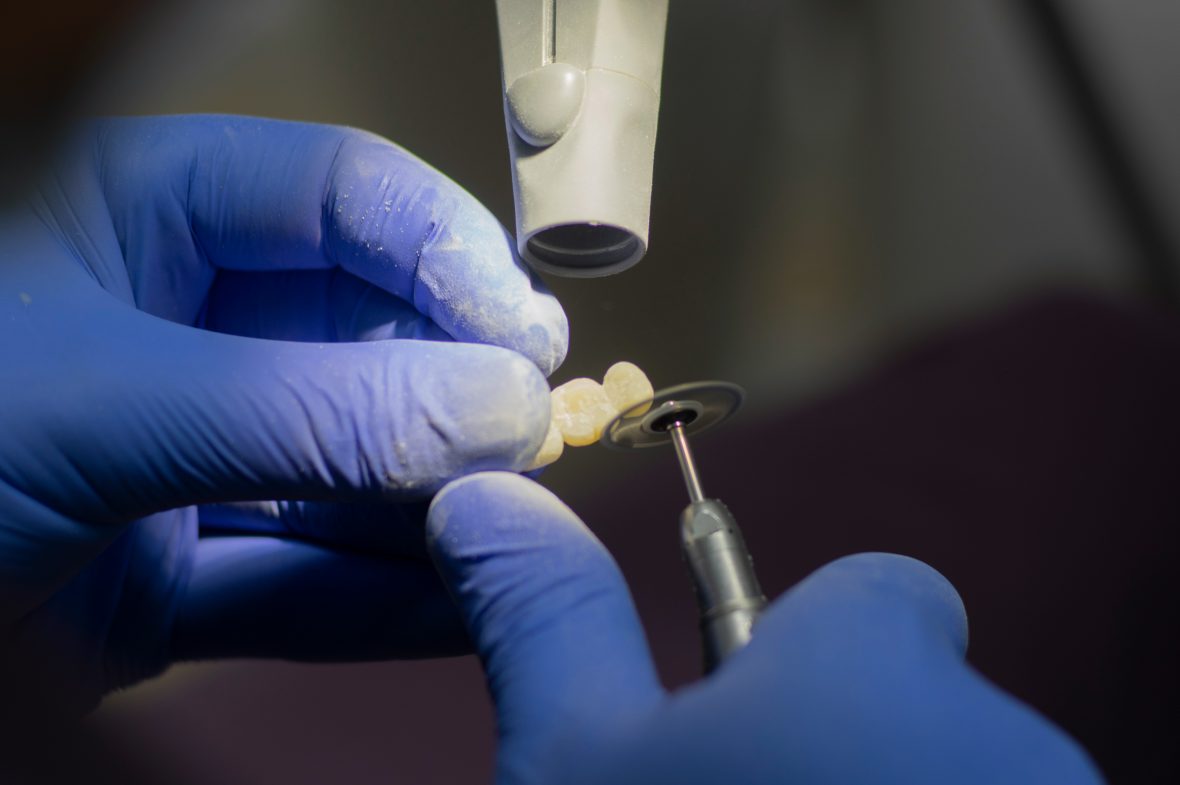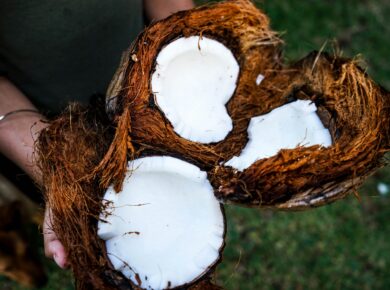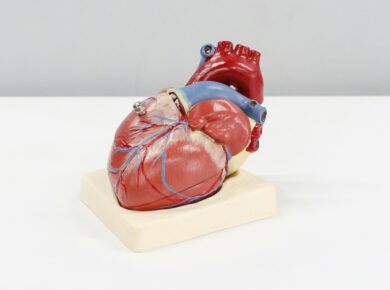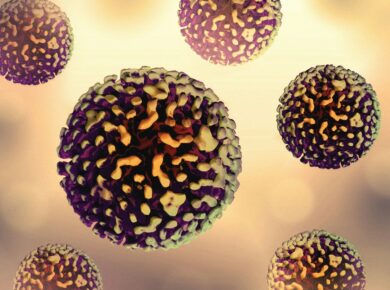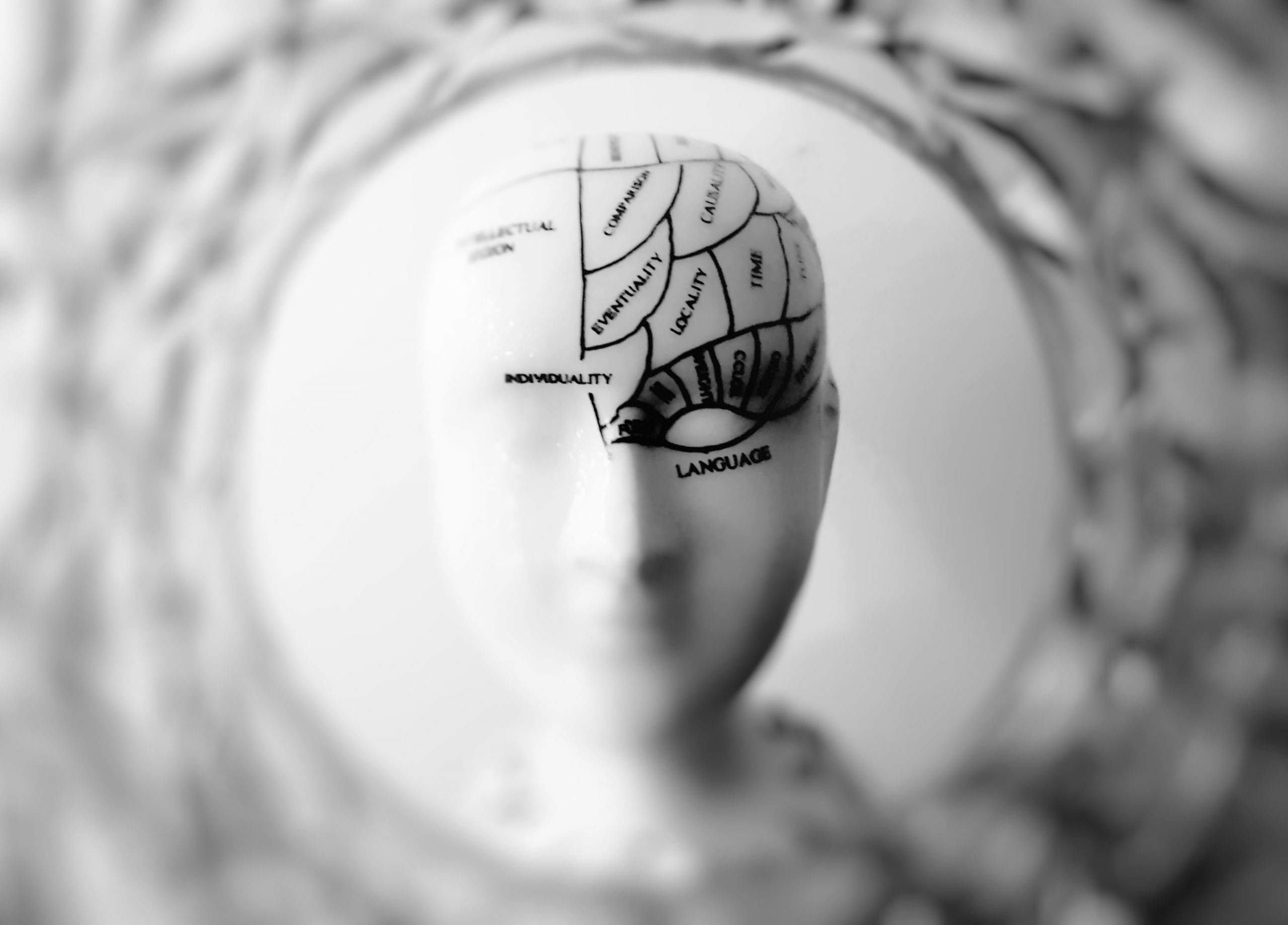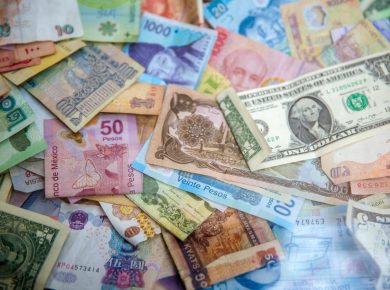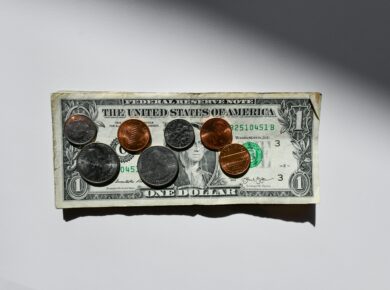When we are classifying dentition, we are trying to explain the separate dentition and permanent dentition. The classification of the dentition will help us to understand each characteristic of each dentition mentioned above.
During the classification, there are formulas, diagrams and tables that we will not capture in this article. But clear justice will be done to make sure that you will understand the classification. Read more related posts on our medicine and health page of the site.
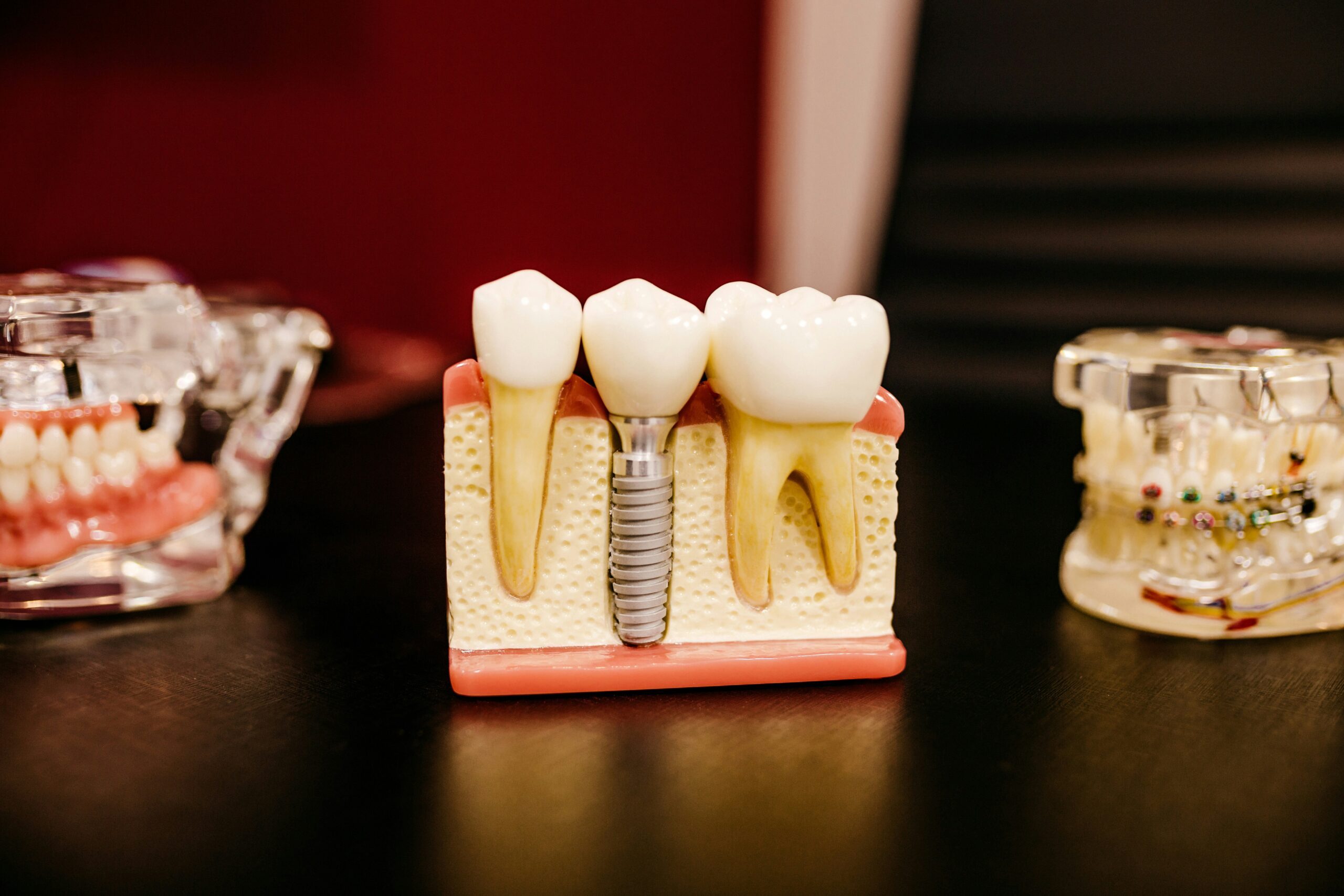
Heterodont
Human dentition is termed heterodont, which means it is comprised of different types or classes of teeth to perform different functions in the mastication process. In comparison, a homodont dentition is one in which all of the teeth are the same in form and type. This sort of dentition is fou.
Diphyodont
The man has 2 separate sets of teeth or dentition. This is termed diphyodont as opposed to monophyodont, which is when there is only one set of teeth, and polyphyodonty, when more than 2 or continuous sets of teeth are developed throughout life.
Deciduous And Permanent
In Humans, the two dentitions are termed deciduous and permanent, while the transitional phase, when both deciduous and permanent teeth are present, is called the mixed dentition period.
Deciduous Dentition
The teeth of the first or primary dentition. They are so named because they are shed like the leaves of deciduous trees in autumn. They erupt into the mouth from about six months to 2 years of age. Normally, there are 20 total deciduous teeth. Other non-scientific names for deciduous teeth include (milk teeth/baby teeth and temporary teeth)
Permanent Teeth
The teeth of the second or adult dentition. Norm, Allyy, there are 32 permanent teeth, and they erupt from 6-21 years of age.
Permanent Dentition
As was pointed out, man is a heterodont, which means that more than one type of tooth is found in the human dentition. Each complete quadrant of the permanent dentition contains eight differing types and functions as follows:
Incisors (2): The incisors are 2 teeth of each quadrant, which are closest to the midline
They are named central and lateral incisors. Their functions in mastication are biting, cutting, incising and shearing
There are four permanent incisors per arch and a total of eight in the mouth
Canine (1)
The canine is the third tooth from the midline in each quadrant
Its function in mastication is cutting, tearing, piercing and holding
It is also called a cuspid. There are 2 permanent canines per arch and a total of four in the mouth
Premolars (2)
The premolars are the fourth and fifth teeth from the midline
·They are termed first and second premolars. Their masticatory role is tearing, holding and grinding
They are also called bicuspids. As with the incisors, there are four per arch and eight total premolars
Molars (3)
The molars are the sixth, seventh and eighth teeth from the midline
They are termed first, second and third molars
They are also calsix-yeareamolarsltwelve-yearelve molars, and wisdom teeth in that order. Their masticatory function is grinding.
There are six permanent molars per arch and twelve total permanent molars
It can thus be seen that there are 16 permanent teeth in a complete arch and a total of 32 teeth in the permanent dentition
Deciduous Dentition
Each quadrant of man’s deciduous dentition contains the following types of teeth, all of which have a function similar to their permanent complements:
Incisors (2), which are named central and lateral incisors
Canine (1) or cuspid
Molars (2), which are named first and second molars
Five Deciduous
Therefore, there are five deciduous teeth per quadrant, ten per arch and a total of twenty in the primary dentition. When compared to the permanent teeth, the primary dentition contains an identical number of incisors and canines but has no premolars and one less molar per quadrant.
Dentition Period Successive Teeth
THE SUCCEDANEOUS TEETH are the permanent teeth that replace the deciduous teeth. Permanent molars are not succedaneous teeth because they do not replace any primary teeth. Successive teeth originate from the successional lamina, whereas permanent molars originate from the general dental lamina.
A. It has been pointed out that human has 2 dentitions, but three periods of dentition since the deciduous and permanent dentitions overlap in time. These periods are summarised in the following manner;
Primary dentition period
That period during which only deciduous teeth are present, and occurs from approximately six months to six years of age. The primary dentition period ends at about age six, with the eruption of the first permanent tooth, normally the mandibular first molar.
Mixed dentition period
That period in which both deciduous and permanent teeth are present and lasts from approximately six years to twelve years of age., The mixed dentition period ends and the permanent dentition period begins around age twelve, with the exfoliation of the last deciduous tooth, normally the maxillary second molar.
Permanent dentition period
When only permanent teeth are present, which begins at approximately twelve years of age and continues through the rest of life
B. For a permanent tooth to erupt into a space where a deciduous tooth is located, the deciduous tooth must first be shed, or exfoliated.
The natural process by which deciduous roots are “melted away” to allow for exfoliation is termed RESORPTION.
C. Permanent teeth that replace exfoliated deciduous teeth are called succedaneous teeth, which simply means “succeeding” deciduous teeth.
Since there are twenty deciduous teeth to be replaced, there must be twenty succedaneous teeth.
The permanent teeth that are also succedaneous include the incisors and canines, which replace their deciduous counterparts and the premolars, which replace the deciduous molars.
Therefore, the only permanent teeth which are not succedaneous are the molars. It may be said that all succedaneous teeth are permanent teeth, but not all permanent teeth are succedaneous teeth.
Dental Formulas
DENTAL FORMULA: number and letter designation of the various types of teeth found in a dentition.
The dental formula indicates the dentition of only one side of the factor of two to provide the number of teeth in the entire dentition and mouth, but includes both the upper and lower quadrants, and so must be multiplied by a
B. Thus, the dental formula for humans’ permanent dentition is as follows;
I-2/2 C-1/1 P-2/2 M-3/3
(X2=32 total teeth)(x2=32
C. The deciduous dentition of man has the following dental formula;
I-2/2 C-1/1 M-2/2
(X2=20 total teeth)(x2=20 tot
It should be kept in mind that animals other than humans may have differing dental formulae.
General Eruption Pattern
As a general rule, mandibular deciduous teeth normally precede their maxillary counterparts in eruption.
It can also be said that the deciduous teeth normally erupt in order from the front of the mouth towards the back, even though the canines in each quadrant normally erupt after the first molar.s
Deciduous Dentition: Normal Eruption Time
Eruption Age (Month)
Mandible
Order
Maxilla
Order
Central Incisor
Lateral Incisors
Canine
First Molar
Second Molar
As can be seen, the permanent mandibular teeth normally precede their maxillary counterparts in eruption, as was also the pattern with the deciduous teeth. If the first molar eruption sequence is ignored, the permanent mandibular teeth exhibit a perfect anterior-to-posterior order.
Permanent Dentition: Normal Eruption Time
Eruption Age(Month)
Mandible
Order
Maxilla
Order
Central Incisors
Lateral Incisors
Canine
First Pre-Molar
Second
Molar
First Molar
Second Molar
Third Molar
